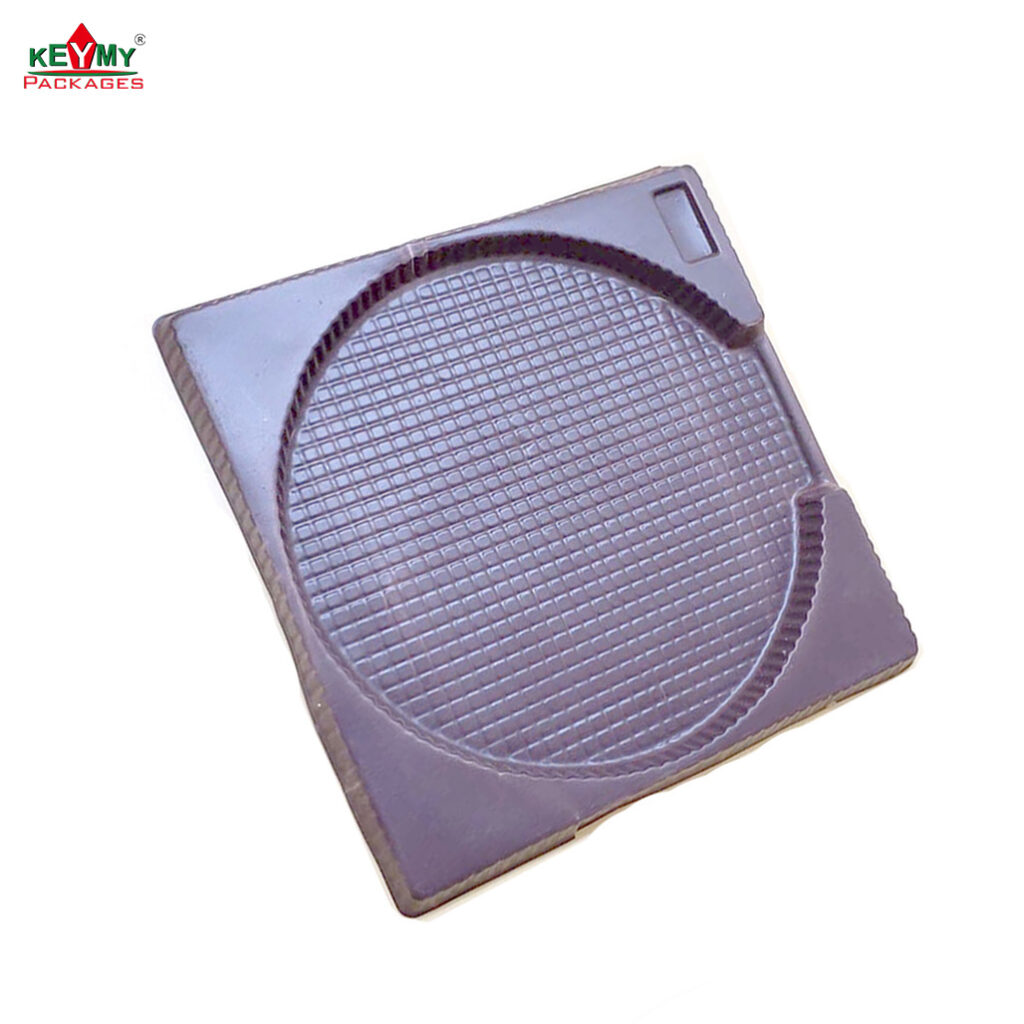
Vacuum forming is a type of plastic thermoforming and a widely used plastic processing technology. Vacuum formed products are ubiquitous and play a crucial role in our daily lives
Plays an important role and has applications in packaging, advertising, and decoration. Commonly used materials for vacuum forming include polyethylene, polypropylene, polyvinyl chloride, ABS, polycarbonate, etc.

Vacuum forming is the process of fixing thermoplastic sheets or sheets onto a mold, heating the material to a softening temperature using a heater, and quickly removing air between the sheet and the mold using a vacuum pump. The material is then adsorbed onto the surface of the mold, cooled, and demolded to obtain the desired plastic product.

Principle of vacuum forming
Vacuum forming principle: It is a hot forming processing method. Cut and heat plastic sheets (rolls) to soften them, use the pressure difference or mechanical pressure on both sides of the sheet to deform them, then cover them on a specific mold contour surface, cool and shape them, and trim the edges.

Vacuum forming is a forming method that relies on vacuum force to cause the sheet to stretch and deform. Vacuum force is easy to achieve, master, and control, so simple vacuum forming is the earliest and currently the most widely used hot forming method.
The main raw materials for vacuum boxes include PVC, PS, PP, PET, ABS, BOPS, PETG, as well as materials such as flocking, anti-static, and conductive.




